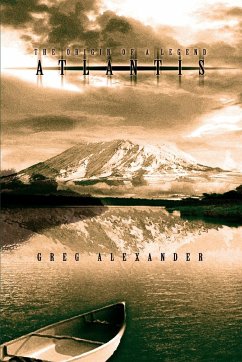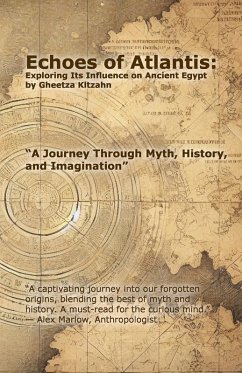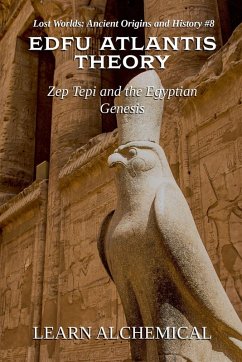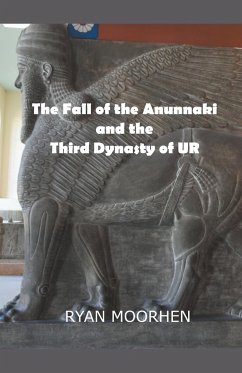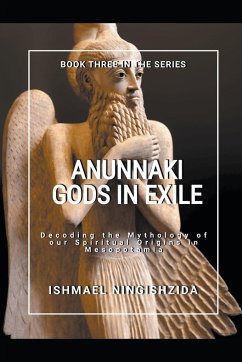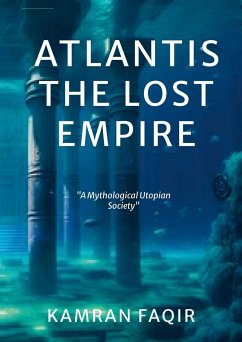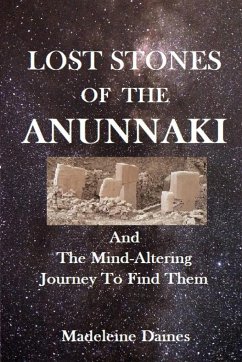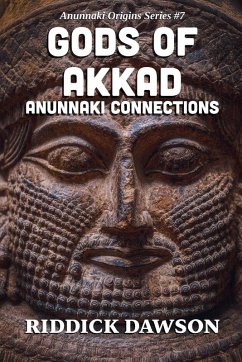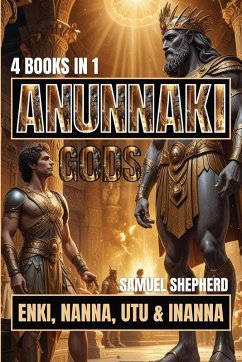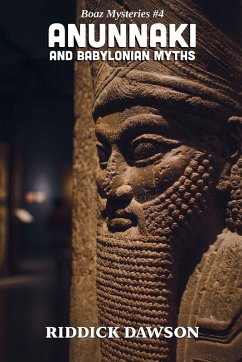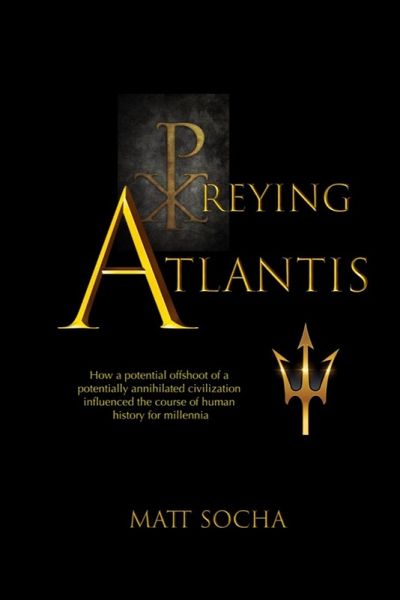
Preying Atlantis
Versandkostenfrei!
Versandfertig in 1-2 Wochen
16,99 €
inkl. MwSt.

PAYBACK Punkte
8 °P sammeln!
Preying Atlantis, the seventh book by Matt Socha, delves into the taboo topic of Atlantis. Catalyzed by the "fictional" account given by J.R.R. Tolkien in his writing on "Númenor," its quest was to determine whether or not his account was actually fictional. It's not. Preying Atlantis cross-references archaeogenetic data with both ancient and modern Atlantean narratives (including Tolkien's) claimed to be mythical. Along the way, many suspicions are confirmed about our history as a species along with some very unexpected surprises. And, yes: based on archaeogenetic data, it is possible to det...
Preying Atlantis, the seventh book by Matt Socha, delves into the taboo topic of Atlantis. Catalyzed by the "fictional" account given by J.R.R. Tolkien in his writing on "Númenor," its quest was to determine whether or not his account was actually fictional. It's not. Preying Atlantis cross-references archaeogenetic data with both ancient and modern Atlantean narratives (including Tolkien's) claimed to be mythical. Along the way, many suspicions are confirmed about our history as a species along with some very unexpected surprises. And, yes: based on archaeogenetic data, it is possible to determine precisely where and when Atlantis was demolished. In Preying Atlantis, a general overview of the details of various Atlantean myths is reviewed, followed by a genetic analysis of those present in Europe and around the Mediterranean basin both before and after 9600 BCE. The same analysis is subsequently conducted around the 4.2 BP Kiloyear Event - a global catastrophe occurring during the Bronze Age around 2200 BCE and in close chronological proximity to the Biblical Great Flood - and comparing the results. One of these analyses - beyond a shadow of any reasonable doubt - confirms both the timing of the destruction of Atlantis and its former whereabouts. Aside from some surprising confirmations, other findings include a likely ancestral link between the Basques and the Bashkirs. Other connections made include the trans-Atlantic distribution patterns of some haplogroups, the connection between Atlantis, the Americas, and the Amazon, and the mysterious black char-based soil found on four different continents. Now that science can substantiate, refine, and even refute historical timelines, details, and events, applying the archaeogenetic analysis to the dates, peoples, and times of such narratives provides the reader with data to conclude on their own whether they are mythical or not. Preying Atlantis concludes with a summary of findings and, perhaps, a clearer picture of our past so that we can determine our future with greater clarity and vision.



